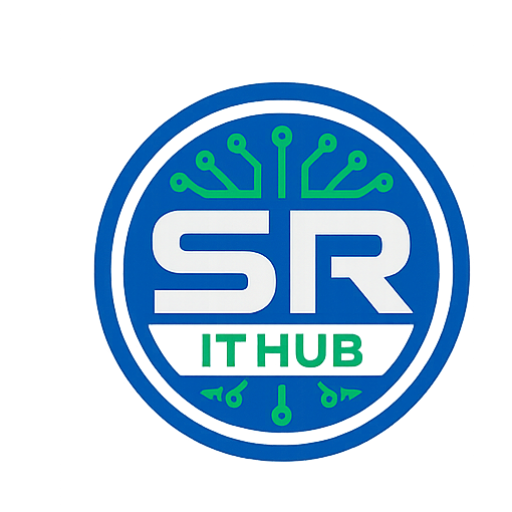ABSTRAT:
International conference on Signal Processing, Communication, Power and Embedded System (SCOPES)-2016 Sentiment Analysis of Twitter Data for Predicting Stock Market Movements Venkata Sasank Pagolu School of Electrical Sciences Computer Science and Engineering Indian Institute of Technology, Bhubaneswar, India 751013 Email: vp12@iitbbs.ac.in Kamal Nayan Reddy Challa School of Electrical Sciences Computer Science and Engineering Indian Institute of Technology, Bhubaneswar, India 751013 Email: kc11@iitbbs.ac.in Ganapati Panda School of Electrical Sciences Indian Institute of Technology Bhubaneswar, India 751013 Email: gpanda@iitbbs.ac.in Babita Majhi Department of Computer Science and IT G.G Vishwavidyalaya, Central University Bilaspur, India 495009 Email: babita.majhi@gmail.com Abstract—Predicting stock market movements is a well-known problem of interest. Now-a-days social media is perfectly repre- senting the public sentiment and opinion about current events. Especially, twitter has attracted a lot of attention from re- searchers for studying the public sentiments. Stock market prediction on the basis of public sentiments expressed on twitter has been an intriguing field of research. Previous studies have concluded that the aggregate public mood collected from twitter may well be correlated with Dow Jones Industrial Average Index (DJIA). The thesis of this work is to observe how well the changes in stock prices of a company, the rises and falls, are correlated with the public opinions being expressed in tweets about that company. Understanding author’s opinion from a piece of text is the objective of sentiment analysis. The present paper have employed two different textual representations, Word2vec and N- gram, for analyzing the public sentiments in tweets. In this paper, we have applied sentiment analysis and supervised machine learning principles to the tweets extracted from twitter and analyze the correlation between stock market movements of a company and sentiments in tweets. In an elaborate way, positive news and tweets in social media about a company would definitely encourage people to invest in the stocks of that company and as a result the stock price of that company would increase. At the end of the paper, it is shown that a strong correlation exists between the rise and falls in stock prices with the public sentiments in tweets
EXISTING SYSTEM :
They used a Fuzzy neural network for their prediction. Their results show that public mood states in twitter are strongly correlated with Dow Jones Industrial Index. Chen and Lazer [12] derived investment strategies by observing and classifying the twitter feeds. Bing et al. [15] studied the tweets and concluded the predictability of stock prices based on the type of industry like Finance, IT etc. Zhang [13] found out a high negative correlation between mood states like hope, fear and worry in tweets with the Dow Jones Average Index. Recently, Brian et al. [14] investigated the correlation of sentiments of public with stock increase and decreases using Pearson correlation coefficient for stocks. In this paper, we took a novel approach of predicting rise and fall in stock prices based on the sentiments extracted from twitter to find the correlation. The core contribution of our work is the development of a sentiment analyzer which works better than the one in Brian’s work and a novel approach to find the correlation. Sentiment analyzer is used to classify the sentiments in tweets extracted.The human annotated dataset in our work is also exhaustive. We have shown that a strong correlation exists between twitter sentiments and the next day stock prices in the results section. We did so by considering the tweets and stock opening and closing prices of Microsoft over a year.
EXISTING SYSTEM DISADVANTAGES:
1.LESS ACCURACY
2. LOW EFFICIENCY
PROPOSED SYSTEM :
the corpus of text being studied. In these techniques a full corpus of related text is parsed which are tweets in the present work, and every appearing word sequence of length n is extracted from the tweets to form a dictionary of words and phrases. For example the text “Microsoft is launching a new product” has the following 3-gram word features: “Microsoft is launching”, “is launching a”, “launching a new” and “a new product”. In our case, N-grams for all the tweets form the corpus. In this representation, tweet is split into N-grams and the features to the model are a string of 1s and 0s where 1 represents the presence of that N-gram of the tweet in the corpus and a 0 indicates the absence. 2) Word2vec Representation: Word2vec representation is far better, advanced and a recent technique which functions by mapping words to a 300 dimensional vector representations. Once every word of the language has been mapped to a unique vector, vectors of words can be summed up yielding a resultant vector for any given collection of words [19]. Relationship between the words is exactly retained in this form of representation. Word vectors difference between Rome and Italy is very close to the difference between vectors of France and Paris This sustained relationship between word concepts makes word2vec model very attractive for textual analysis. In this representation, resultant vector which is sum of 300 dimensional vectors of all words in a tweet acts as features to the model.
PROPOSED SYSTEM ADVANTAGES:
1.HIGH ACCURACY
2.HIGH EFFICIENCY
SYSTEM REQUIREMENTS
SOFTWARE REQUIREMENTS:
• Programming Language : Python
• Font End Technologies : TKInter/Web(HTML,CSS,JS)
• IDE : Jupyter/Spyder/VS Code
• Operating System : Windows 08/10
HARDWARE REQUIREMENTS:
Processor : Core I3
RAM Capacity : 2 GB
Hard Disk : 250 GB
Monitor : 15″ Color
Mouse : 2 or 3 Button Mouse
Key Board : Windows 08/10

